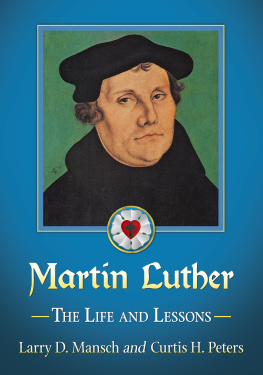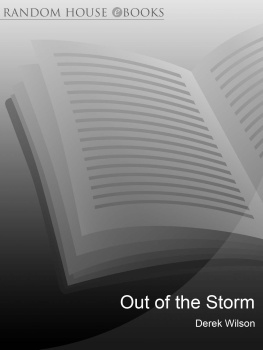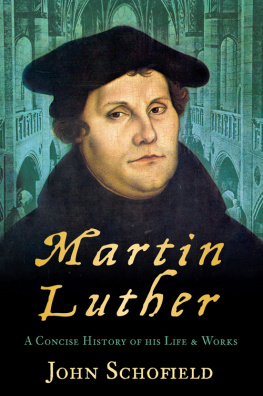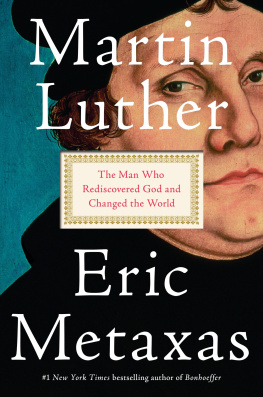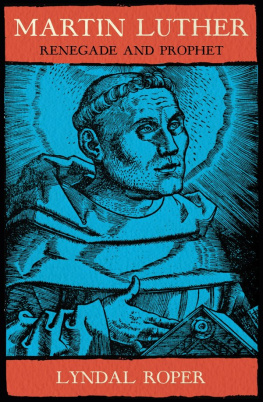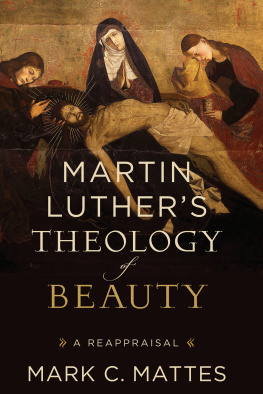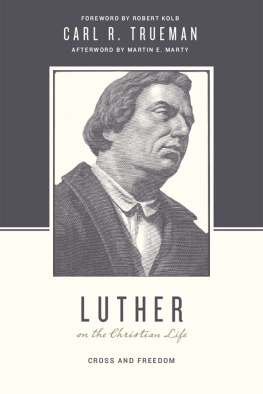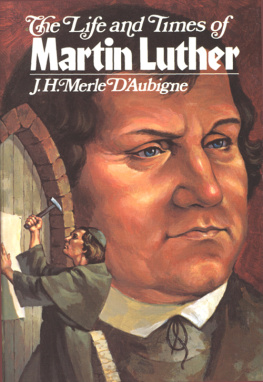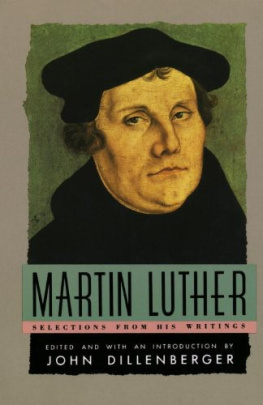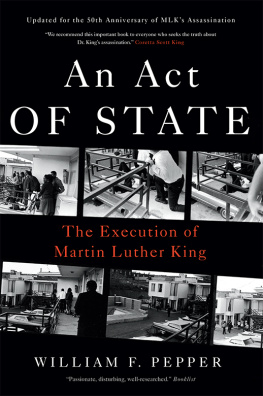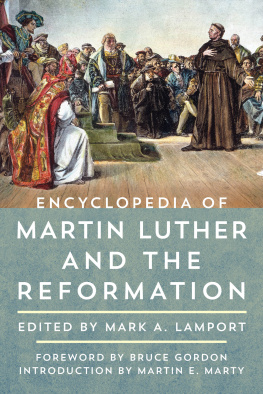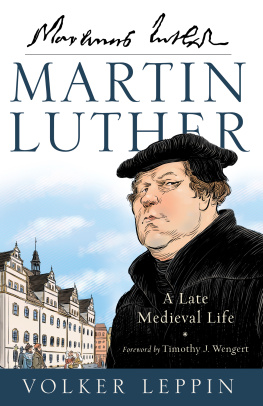
Martin Luther designed the Luther seal in 1530 at the request of the Elector Duke John Frederick of Saxony. Luther (signed Martinus Luther) wrote:
Since you ask whether my seal has come out correctly, I shall answer most amiably and tell you of those thoughts which now come to my mind about my seal as a symbol of my theology. There is first to be a cross, black, and placed in a heart, which should be of its natural color (red), to put me in mind that faith in Christ crucified saved us. For if one believes from the heart, he will be justified. [For it is by believing in your heart that you are made right God, and it is by confessing with your mouth that you are saved.Romans 10:10.] Even though it is a black cross, which mortifies and which also should hurt us, yet it leaves the heart in its natural color and does not ruin nature that is, the cross does not kill, but keeps man alive. For the just shall live by faith, by faith in the Savior. This Good News tells us how God makes us right in His sight. This is accomplished from start to finish by faith. As the Scriptures say, It is through faith that a righteous person has life.Romans 1:17.
Such a heart is to be in the midst of a white rose, to symbolize that faith gives joy, comfort, and peace. In a word, it places the believer into a white joyful rose, for this faith does not give peace and joy as the world gives. [I am leaving you with a giftpeace of mind and heart. And the peace I give isnt like the peace the world gives. So dont be troubled or afraid.John 14:27.] Therefore, the rose is to be white, not red, for white is the color of the spirits and of all angels. [An angel of the Lord came down from heaven and rolled aside the stone and sat on it. His face shone like lightening, and his clothing was as white as snow.Matthew 28:2b-3, and She saw two white-robed angels sitting at the head and foot of the place where the body of Jesus had been lying.John 20:12.]
This rose, moreover, is fixed in a sky-blue field, symbolizing that such joy in the Spirit and in faith is a beginning of the future heavenly joy. It is already a part of faith, and is grasped through hope, even though not yet manifest.
And around this field is a golden ring, to signify that such bliss in heaven is endless, and more precious than all joys and goods, just as gold is the most valuable and precious metal.
May Christ, our dear Lord, be with your spirit until the life to come. Amen.

Martin Luther designed the Luther seal in 1530 at the request of the Elector Duke John Frederick of Saxony.
Martin Luther
The Life and Lessons
LARRY D. MANSCH and
CURTIS H. PETERS

McFarland & Company, Inc., Publishers
Jefferson, North Carolina
ALSO OF INTEREST
Abraham Lincoln, President-Elect: The Four Critical Months from Election to Inauguration, by Larry D. Mansch (McFarland, 2005; softcover 2008)
Rube Marquard: The Life and Times of a Baseball Hall of Famer, by Larry D. Mansch (McFarland, 1998)
All photographs by the authors unless otherwise indicated.
LIBRARY OF CONGRESS CATALOGUING DATA ARE AVAILABLE
BRITISH LIBRARY CATALOGUING DATA ARE AVAILABLE
e-ISBN: 978-1-4766-2555-3
2016 Larry D. Mansch and Curtis H. Peters. All rights reserved
No part of this book may be reproduced or transmitted in any form or by any means, electronic or mechanical, including photocopying or recording, or by any information storage and retrieval system, without permission in writing from the publisher.
Front cover: Martin Luther, 1529, Lucas Cranach the Elder (PicturesNow); Luther Rose 2016 iStock/tharrison
McFarland & Company, Inc., Publishers
Box 611, Jefferson, North Carolina 28640
www.mcfarlandpub.com
For Kim, with love.
LDM
To my parents, my wife, Pam,
and all who have nurtured my faith.
CHP
Acknowledgments
For all of their assistance and encouragement I gratefully acknowledge Emily Freeman, Fred Haefele, Pastor Greg Karlsgodt, Mary Jane Nealon, Linda Redfern, Pastor Molly Sasser-Goehner, Jeremy Smith, Mark Sundeen, James Swan, and Spencer Veysey.
I also wish to thank Stacey Gordon at the University of Montana School of Law. A special thanks goes to the kind-hearted congregation at Immanuel Lutheran Church in Missoula, Montana. All my love to Bethany, Lincoln, Abby, and Madison. Finally, I wish to thank Curt and Pam Peters, friends, scholars, and travel guides beyond compare.
LDM
I wish to thank the many people who made important contributions to my work on these essays. Readers who were kind enough to read some or all of the essays and to offer helpful suggestions include John Thacker, Bruce Yungman, the Rev. John Deng Ater, Philip Eschels, Mary Eschels, Randy Fowler, the Rev. Mike Boyd, the Rev. Ron Richeson, Ben King, the Rev. David Carlson, and Dr. Stephanie Carlson. Their assistance is greatly appreciated. Very special counsel and assistance was given by Larry Mansch, the author of the biographical portion; working with him has been a great joy. Most importantly, the careful reading and the suggestions of my wife, Pam, herself a published author, have been crucial. Almost without exception, her insights are spot-on. She also provided whole-hearted support and the essential encouragement just when I needed it the most. Thank you!
CHP
They are trying to make me into a fixed star. I am an irregular planet.Martin Luther
PART ONE: LIFE
Chapter 1
Christendom
Christendom is Gods kingdom here on earth. The term comes from the Latin Christianus, and refers to the Christian world, the community of believers who have accepted Jesus as Gods son and as the Christ, or Messiah, the Savior of mankind. Through his suffering and death Christ atoned for the sins of man; his resurrection three days later was proof of victory over Satan and death, and is thus the starting point for Christianity. While singular faith is the cornerstone of Christianity, the concept of Christendom has geopolitical connotations as well, referring to those nations and political entities that embrace Christianity even when, aside from a predominant religion, they hold little else in common. Through the ages the exact relationships between political leaders, clergy, and populace have varied widely and dramatically.
From the time of Christ until Martin Luthers appearance in the 16th century, Christendom might be roughly divided into periods of growth, expansion, and sporadic unity. The first was a heroic, if not primitive era, those years immediately after Jesus time on earth, where a small group of believers (Jews, like Jesus himself, and then Gentiles) shared their common faith through worship and fellowship. Led by the first apostles and inspired by martyrs, the early Christians persisted in the face of brutal Roman persecution and oppression, shaking off the trappings of secrecy and evangelizing the story of their Savior, while steadily becoming more visible and vocal.
The conversion of the Roman Emperor Constantine in the early years of the 4th century ushered in the next great era of Christendom. Under his rule the Church was officially recognized by the Empire and Christians were granted full legal and citizenship rights. Constantine established the concept that a political leader was responsible to God for the spiritual wellbeing of his subjects, and was further charged with rooting out heresy or misbehavior to ensure order in society. Once persecuted by government, church leaders now allied with it and came to share in its burgeoning power and wealth. The age of church as defining institution had begun.
Next page
